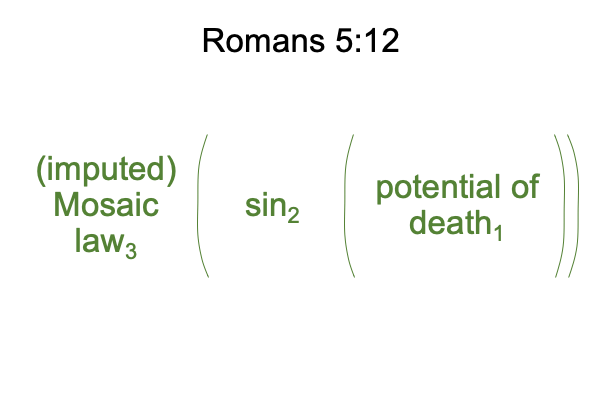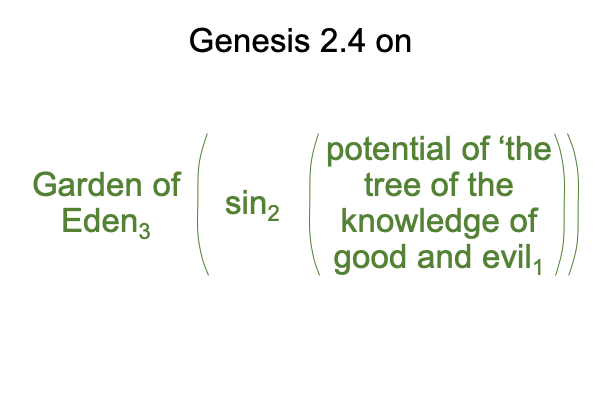Looking at Andrew Kulikovsky’s Overview (2005) “The Bible and Hermeneutics” (Part 10 of 10)
0076 Of course, the science always changes. The revelations in Scripture do not.
Darwin’s theory of natural selection is less than two centuries old. Certain Christian doctrines have remained unchanged for twenty centuries.
0077 What is the problem?
Is there a problem with highly educated experts claiming that scientific knowledge is more believable than the book of Genesis?
Wait until they hear about the hypothesis of the first singularity.
Is the problem that there is a demonic serpent hiding in the tree of the knowledge of good and evil?
Modern secular academics have been cultivating that tree for centuries.
0078 Hermeneutics is key. The problem lies in how to interpret Scripture. The reader3b must interpret2b the biblical text1b, using hermeneutics and exegesis1b.
Kulikovsky relies on the 1978 Chicago Statement on Biblical Inerrancy, promulgated by the Evangelical Theological Society, in order to address these problems.
The Society affirms the good and denies the bad.
Yet, the bad turns out to be affirmations that are vulnerable to denial, because they may be taken so far as to negate their corresponding affirmations. The denials contain views that must be held in abeyance and regarded with an eye towards mischief.
0079 Yet, the hypothesis of the first singularity offers a new opportunity. Devotees of scientism will find no harbor in saying that scientific knowledge disproves or has priority over the Scriptures. Those who want to limit Biblical authority to religious themes, and who offer recipes to separate the theological message from the worldviews of the ancient Near East, find no solace.
Why?
Genesis 2.4-11 is an insider’s view of the development of unconstrained social complexity in the Ubaid, the Uruk and the Sumerian Dynastic archaeological periods.
0080 The text itself is a feature of God’s revelation.
0081 The denials may be modified into contrasts that are vulnerable to being misconstrued and placed in greimas squares, along with their affirmations.
0082 Articles IX and XII yield one greimas square.

0083 Articles XIV and XX yield another greimas square.

0085 The scientific hypothesis of the first singularity changes the ground beneath Kulikovsky’s brief and concise overview.
Yet, the grounds of hermeneutics and exegesis remain the same.
Kulikovsky concludes that the difficultly lies, not so much with understanding the teaching of Scripture, but believing it to be real.


